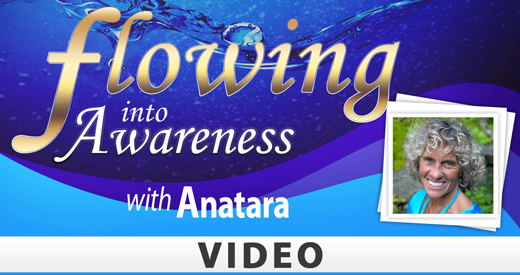| YogaHub |  |
Megan McDonough: Yoga with Seniors ~ Part 2
Continued from Part I of Megan's interview…
YH: Can you give us an example of a “typical” yoga class?
Megan: We usually start the class by centering ourselves. We sit in a chair and focus on breathing and just being aware of our body, mind, and emotions. Then we transition into gentle movements, going through each joint in the body from head to toe. I call this a “joint-freeing” series of exercises. Then we stand up to do modified yoga postures – like sun salutations with the chair, or balance poses like the tree pose. Unlike a traditional class, however, we are talkative throughout the session. We share stories, talk about what’s happening in the world at large and in our smaller community, and even tell jokes while holding postures. Then we partner up and give shoulder and back massages to each other – which is the highlight of the class. People love it! Lastly, we end with a guided relaxation right into a silent meditation.
[post-img]YH: What props do you use to assist seniors in practicing yoga?
Megan: The seniors use chairs for most of their yoga work, although they do have the option of not using one. I take them through twists, forward bends, neck and leg work while sitting on a chair. They then stand behind the chair and do tree poses, holding on to the chair for support. If they feel comfortable with their balance, they can lift one hand off the chair. If they still have good balance, they can take both their hands off the chair.
YH: Do you discuss the seniors’ health issues and concerns prior to class?
Megan: We have a conversation before class about what’s happening in their lives and with their bodies. Sometimes people come because a death of a spouse has created emotional distress and a sense of isolation. Other times people are looking for physical pain relief or a better range of motion. Many people attend because they want to participate in a healthy and enjoyable pastime.
[tip-fact]YH: How do you address the seniors’ health concerns when you teach your yoga routine to them?
Megan: I simply accept them for where they are at this time in their lives, and I encourage them to listen to their own body. This is not a place for “perfect” yoga poses (as if there ever is such a thing!) Instead, they are encouraged to “revolt” against the teacher and do whatever works for them! There is a sense that everything is acceptable – even rejecting a pose if it doesn’t work for the individual. We just laugh when someone shakes their head and says “nope, I’m not doing that.” I love that maturing means knowing who you are, and what works for you. You can have the presence of mind to accept what works and reject what doesn’t. How would our lives be different if we accepted this early on in life, instead of trying to keep up with the Jones’?
I keep an eye on everyone during class, suggesting modifications or recommending that they skip a certain movement that may not serve them best. I do not give medical advice for health issues. Instead, I refer folks to a physical therapist, and MD, or another allied health professional for specific needs.
YH: What’s the average age of your senior community? Are there women and men in your classes?
[b-quote]Megan: The ages range from 55 to 94, with the average age being in the 70’s. Although some men attend class occasionally, most of the class is made up of women.
YH: If you have a diverse range in age and health among the seniors, how do you ensure that each senior gets the full benefit of a yoga practice?
Megan: That can be a challenge, especially when the class is a large one. We can have as many as 20 seniors in one class. Since the focus is on awareness rather than an external view of a posture, everyone’s poses in the class will look different. A simple example would be when we do tree pose. One woman in her 90’s who has severe hip pain and leg problems may just stay seated in her chair, moving her arms up into tree pose. That’s her full expression of tree on this day. Another person may keep her hands on the back of the chair for support and balance while the right heel rests in the left ankle. Another person may press her right foot into the inside left thigh while extending both hands upward. All of these are unique expressions of a tree pose for that individual. My job as the teacher is to keep them focused on their experience, not on some concept of what the pose “should” be. I always ask them, “Can you be aware of what is true for you now rather than what you think “should” be true right now?” That outlook is at the heart of our yoga practice, and if they can keep that outlook, they’ll get the full benefit of yoga, no matter what the posture looks like.
YH: Thank you for sharing your experiences with us, Megan.
Megan: You’re welcome. It was a pleasure.
For more information on Megan and her yoga practice, click on the following links:
- MyYogaHub: www.myyogahub.com/yoginimegan
- Her Website: www.yogawithmegan.net




